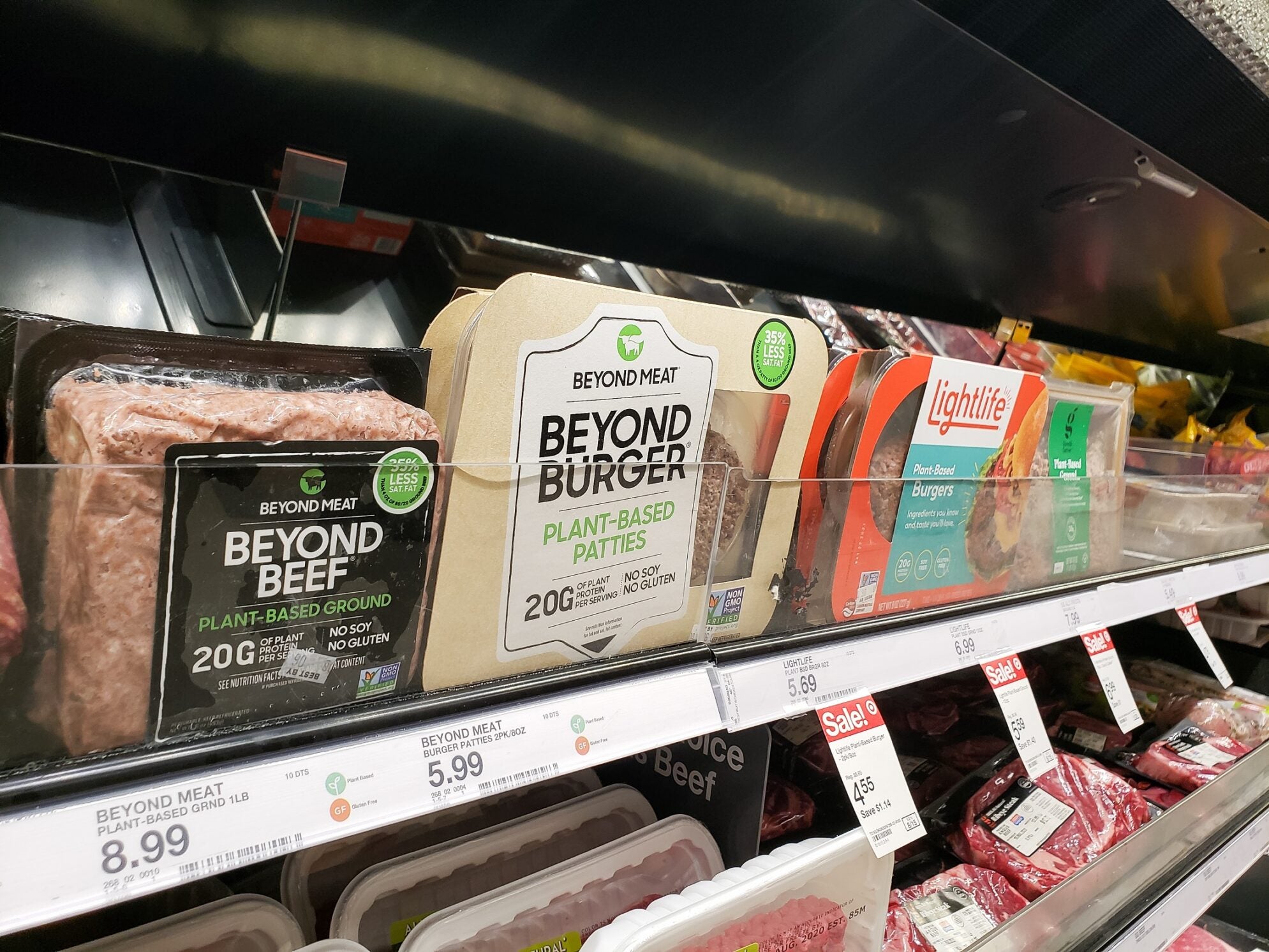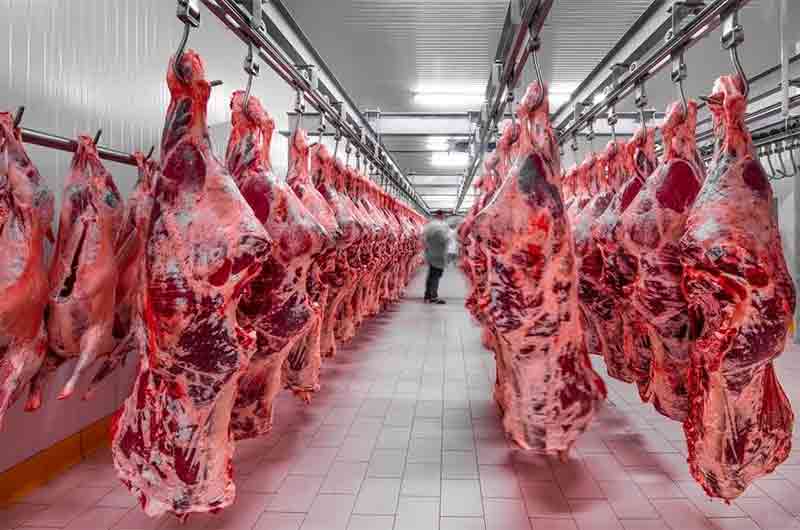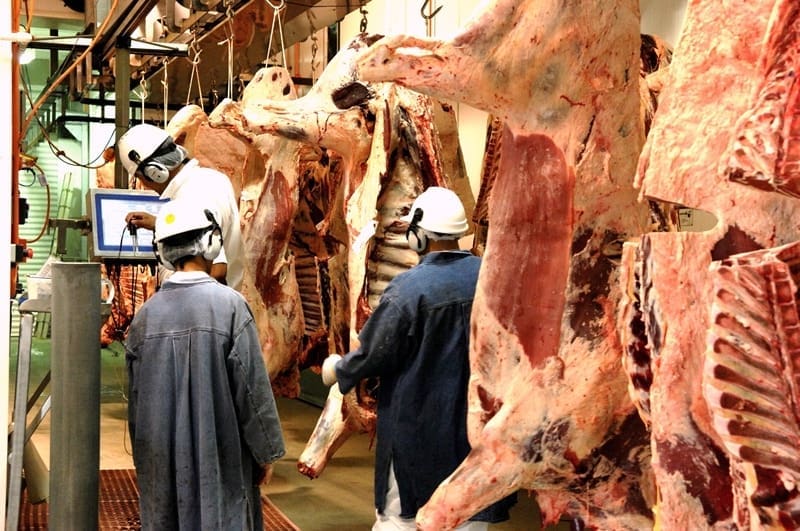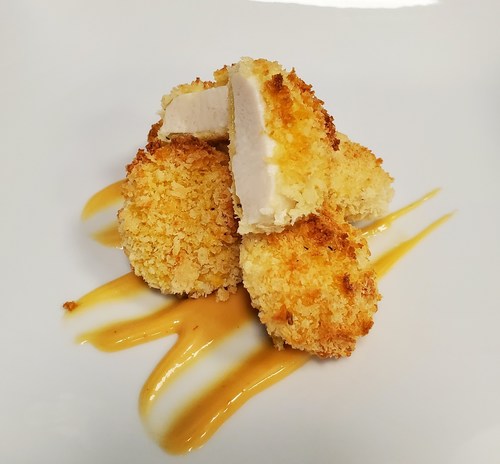BY PETER SINGER
Recent tech breakthroughs in plant-based meats suggest that 2023 could be the turning point
MELBOURNE, AUSTRALIA – One day, we may look back on 2023 as the year when it became apparent that the gigantic industry of raising animals for food was heading the same way as the industry that for most of the 20th century dominated how we record and store images.

Is this year the equivalent, for animal production, of 1989, when the first digital camera aimed at the general public was launched?
There are signs that it might be, starting with the Israeli Ministry of Health’s approval, in April, of a dairy product that does not come from cows or other lactating animals. Remilk, the manufacturer, is a company on an ambitious mission: “creating dairy that is a far superior version of itself.”
Forty years ago, Genentech used then-novel recombinant DNA techniques to create genetically modified bacteria that would produce human insulin for diabetics that was better and less expensive than insulin obtained from the pancreases of pigs. In a similar manner, Remilk copies DNA from cows into yeasts so that they create a product that is, Remilk says, identical to cow’s milk, minus the lactose that makes milk hard to digest for some people, and also free of cholesterol, antibiotics and growth hormones.

Remilk claims that its dairy products are identical in taste, texture and cost to traditional dairy products, while using only 1% of the land, 5% of the water and emitting just 4% of the pollutants. (Cows are major emitters of methane, an extremely potent greenhouse gas.) If that is not enough reason to try the product, consider that making dairy products without cows also eliminates the standard practice of impregnating cows every year and taking their calves away soon after birth so that the milk is available for humans.
Another momentous development came in June, when the United States Department of Agriculture approved two separate applications, one from Good Meat, a division of Eat Just, and the other from UPSIDE Foods, to sell chicken grown from chicken cells. Again, no living organism is involved and the original cell sample can be taken without adding even one more death to the more than 70 billion chickens killed each year for their meat.

** Click here to read the full-text **











